Part 2 of the India’s ‘Soft’ Enemies series
By Sandhya Ravishankar
The Lede showed in Part 1 how George Soros, Pierre Omidyar’s foundations as well as The Ford Foundation functioned.
Following the Indian government’s restrictions on foreign money flowing into Indian NGOs from 2016-17 onwards, these foreign foundations were in a fix.
The Indian Ministry of Home Affairs placed George Soros’ Open Society Foundations and Open Society Institute on a ‘prior permission’ list. This meant that each time either of these foundations wished to make a donation to an Indian NGO or firm, they would have to seek the permission of the MHA.
The Ford Foundation too came under the lens of the investigating agencies around 2015, when it was found that the American NGO had given USD 290,000 to Teesta Setalvad’s NGO Sabrang between 2004 and 2006. However, a diplomatic intervention appears to have ensued, allowing the Foundation to continue its operations in India.
As for Omidyar Network, they came under scrutiny in May 2022 when they were one among 10 NGOs accused of bribing FCRA officials to renew their licences.
As a result of this crackdown, these foreign entities began to find convenient Indian and international conduits to funnel money into the country to their pet projects among NGOs as well as media houses.
We look at three case studies in this piece.
Case Study 1: Commonwealth Human Rights Initiative (CHRI)
One of the most intriguing NGOs, the CHRI has been flush with funding from Open Society Foundation (OSF) as well as The Ford Foundation.
The CHRI website states that the NGO “focuses on issues relating to access to justice, with a focus on police and prison reforms, and access to information. We work to address pressures on the freedom of expression and on media rights, as well as build the capacity of civil society to access and engage with UN human rights mechanisms. We support the eradication of contemporary forms of slavery and human trafficking through research, capacity building, and grassroots mobilisation.”
A perusal of the FCRA data shows that in the 12 years between 2006 and 2018, over Rs 50 crore has been donated to the NGO. Of this, about one quarter of the funding has come from Open Society Foundation and its sister organization Open Society Institute from Switzerland, Budapest and New York.
The second largest donor is Friedrich Naumann Stiftung, which is a German foundation for liberal politics, related to the Free Democratic Party. The Foundation follows the ideals of the Protestant theologian, Friedrich Naumann.
After 2016 though, the OSF was no longer able to fund the NGO, since it was put on the Home Ministry’s watchlist. As a result, an interesting shift took place.
A new donor emerged in 2018 – CHRI-UK – which donated Rs 2.1 crore to CHRI that same year.
What is CHRI-UK?
CHRI-UK is a registered charity in the United Kingdom. It received grants from the UK Foreign Office and the European Commission in 1998 to the tune of 50,000 Pounds.
In 2006-07, CHRI-UK received 20,000 Pounds from the Ford Foundation. For the year 2013-14, CHRI-UK reported a cash at hand of just 7337 Pounds. Even in 2016, & 2017, CHRI-UK reported having only small sums under ‘Reserves’.
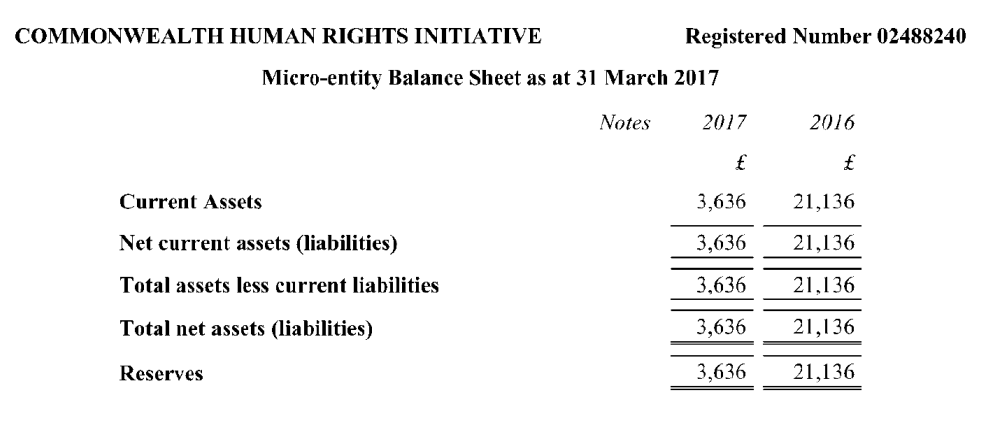
CHRI-UK had little income until 2017. But its fortunes changed drastically from 2017-18 with large donations from Foundation to Promote Open Society (1,33,732 Pounds) and Foundation Open Society Institute (18,971 Pounds). There was no other income that year.
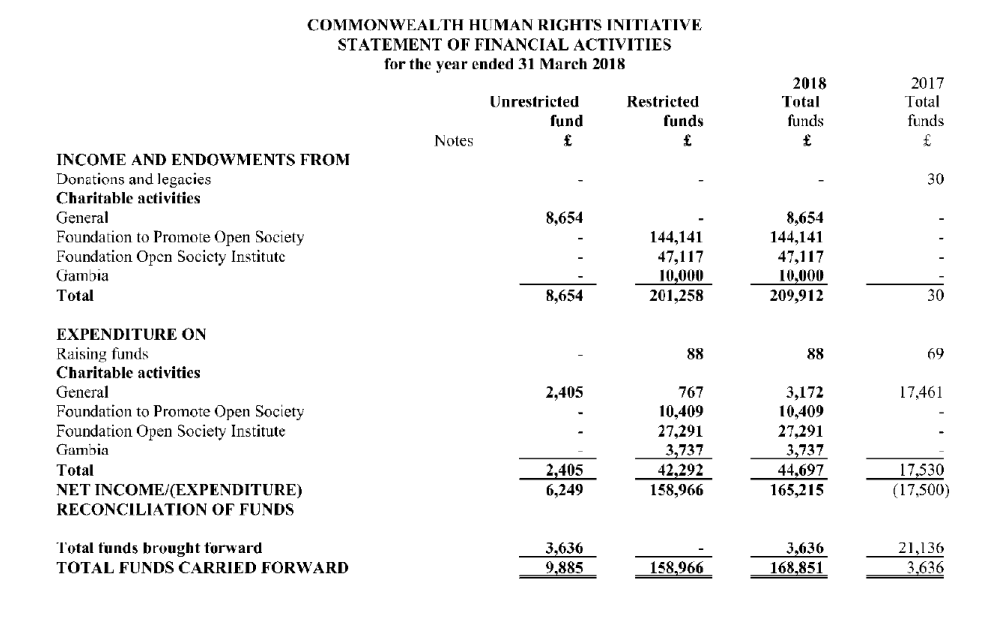
The UK Charity Commission website also shows the same about the UK branch of the Indian NGO CHRI.
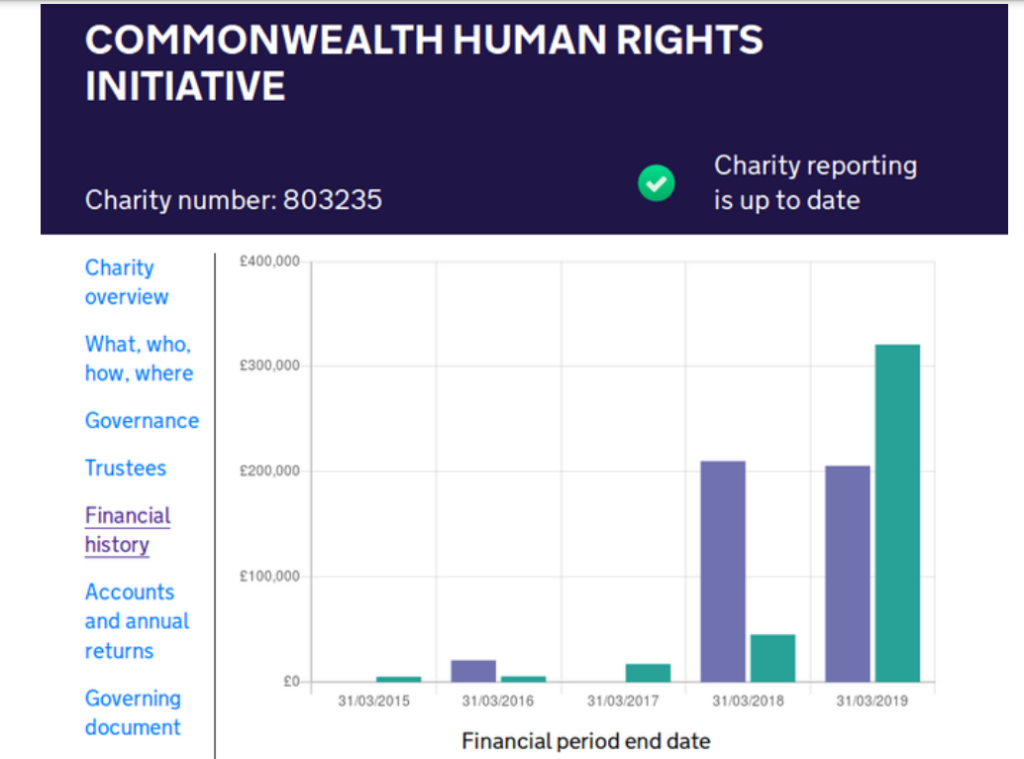
The CHRI-UK’s 2019-20 funding data can be found on its own website and the data, once collated, shows a specific trend.
What does all this data show? It is evident that CHRI-UK acted as a conduit to funnel money from George Soros’ Open Society Foundation into CHRI India.
This was done despite restrictions placed on foreign funding into the country. In other words, once Soros’ OSF found that the Indian government had blocked its funding to CHRI, the foundation diverted its funding through other firms in order to ensure that CHRI India receives the same.
Who Runs CHRI?
RTI exponent Venkatesh Nayak has been the Director of CHRI since 2021.
Former journalist turned human rights activist Sanjoy Hazarika is the International Director of CHRI. According to his bio, he “holds the Dr. Saifuddin Kitchlew Chair at Jamia Millia Islamia, New Delhi, where he also directs the Centre for North East Studies and Policy Research. He has been a member of various academic organizations and official committees, including the Justice Jeevan Reddy Committee to Review AFSPA, the Society of Indian Institute of Advanced Studies, Shimla, and the North East India Studies Programme at Jawaharlal Nehru University.” Hazarika also heads another NGO called the Centre for Policy Research – we shall look into this NGO later on in this piece.
Maja Daruwala is currently Senior Advisor at CHRI having been the Director of CHRI for 20 years until 2016. She is the daughter of decorated veteran, the late Sam Maneckshaw.
Hazarika is on the Executive Committee of another NGO called the Indian Police Foundation or IPF. Daruwala is on IPF’s General Council. IPF is helmed by Prakash Singh, a retired IPS officer.
The stated goal of the IPF is to “to work for police reform and the improvement of policing through research, capacity building and policy advocacy.”
To this effect, Prakash Singh filed a writ petition before the Supreme Court of India in 1996 along with advocate Prashant Bhushan, demanding police reforms. The verdict arrived in Singh’s favour with the Supreme Court imposing a limit of 3 months of residual service for aspiring DGPs, a two-year tenure for DGPs and a caveat for the UPSC to clear the names of DGPs sent by states. This would result in a shaking up of the police force, with officers across the country clashing to gain the top post and becoming increasingly subservient to their political bosses. (More details on this aspect of the puzzle later on The Lede)
CHRI has consistently stood by Prakash Singh’s causes and of course, with two members of the CHRI leadership on the Board of IPF, it is but natural to do so.
Case Study 2: National Foundation for India (NFI)
The second large NGO we are going to look at is the National Foundation for India (NFI) which is also headquartered in Delhi.
The NGO’s stated aim is to serve as a “foundation for a diverse range of social actors in our collective journey to enable social justice. To this end, we partner with, train and mentor many individuals in climate action, women’s empowerment, independent journalism, gender rights, peace, health & nutrition, among other goals.”
A perusal of the FCRA donations declared by the NGO on its own website is given below. Between 2015 and 2022, NFI has received Rs 58.1 crore in foreign donations. Of this, Rs 94 lakh was donated by Soros’ Foundation to Promote Open Society. The Omidyar Network has pumped in Rs 3.3 crore. And the Ford Foundation has donated Rs 12 crore.
After 2016, when Soros’ foundations were put on the prior permission list, there were no direct donations. However, other Indian donors increased their funding to NFI.
One glaring example is that of Swadhikar. Swadhikar’s donations began in November 2016 with funds to the tune of Rs 9.5 lakh. Between then and 2018, Swadhikar donated about Rs 50 lakh to NFI.
Swadhikar is an NGO that supports Dalit rights and is sponsored directly by Soros’ OSF (as per FCRA filings) and indirectly through Fund for Global Human Rights which is supported by Soros’ OSF as well as Luminate, another Soros entity.
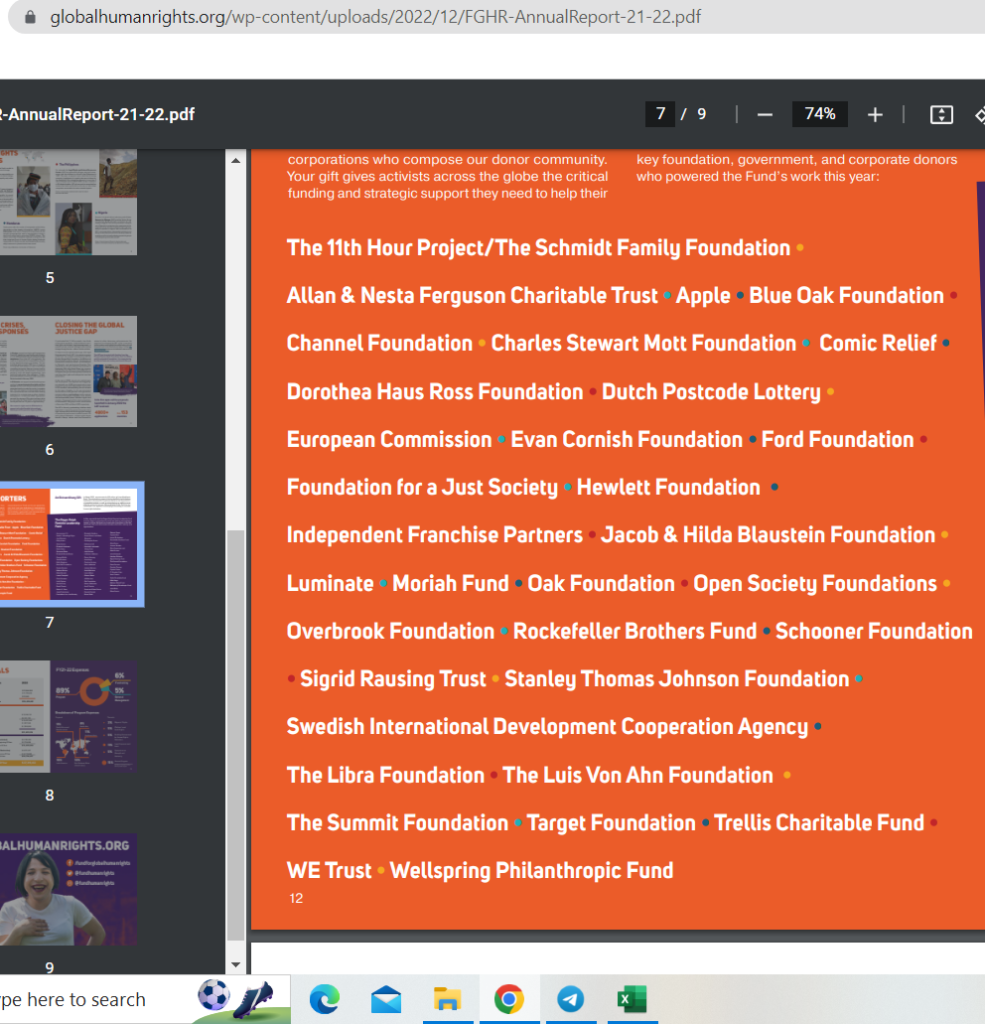
Donations to NFI from another South Africa-based NGO called Global Fund for Community Foundations began in May 2018 with a donation of over Rs 43,000. By 2021, NFI received a total of Rs 73 lakhs from this organisation.
The GFCF’s website shows who the sponsors of the organisation are – the usual suspect Soros’ OSF finds a place here as well.
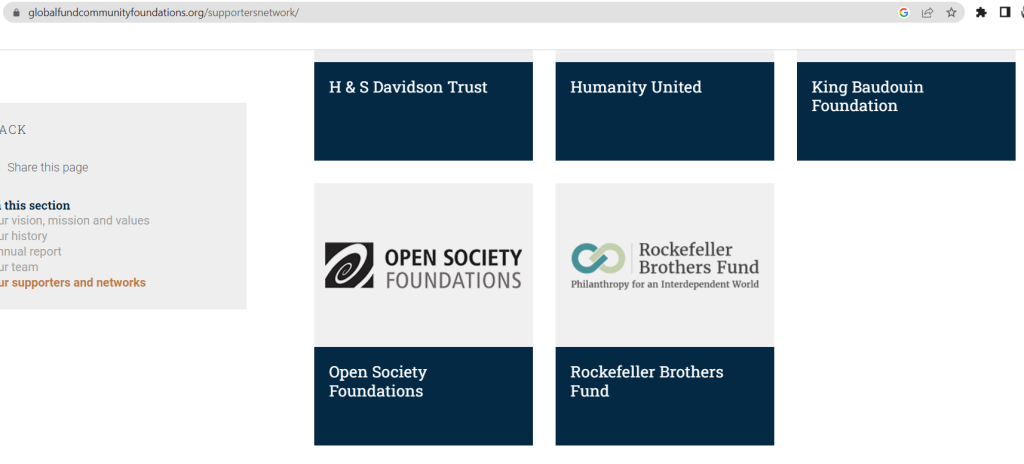
This again goes to show how cleverly FCRA rules are circumvented and how Soros, the Ford Foundation and Omidyar continue to push money to India to their preferred NGOs.
As for the NFI, they offer fellowships to train journalists and young professionals, they run The Reporters’ Collective and provide grants to publish stories that are in line with the ideology of their funders.
Case Study 3: Centre for Policy Research (CPR)
This is another large NGO that rakes in funding from the foreign entities in question.
Its direct foreign funding in 2019-20 was Rs 24.5 crore. Apart from this, it had unspent FCRA funds to the tune of Rs 43.7 crore.
CPR had received Rs 11.63 crore from the Ford Foundation during 2013-2019 to study ‘urban research network.’
By the financial year ended March 2021, CPR had a balance amount of Rs 2.3 crore given in grants by the Ford Foundation. It also had Rs 1.6 crore balance from grants given by the Omidyar Network. And from Washington DC-based Namati, CPR had a balance of Rs 8.2 lakh.
In 2022, as per FCRA data available on the site, Namati had provided funding of Rs 2 crore.
The same year, the Ford Foundation had provided funding to the tune of Rs 52 lakhs.
The World Resources Institute (WRI) had provided funding to the tune of Rs 89 lakhs in 2022.
World Resources Institute has listed as a major donor, Soros’ Open Society. While the exact funding is not provided, Soros’ OSF appears to have provided more than USD 750,000 in funding to WRI between 2020 and 2022.
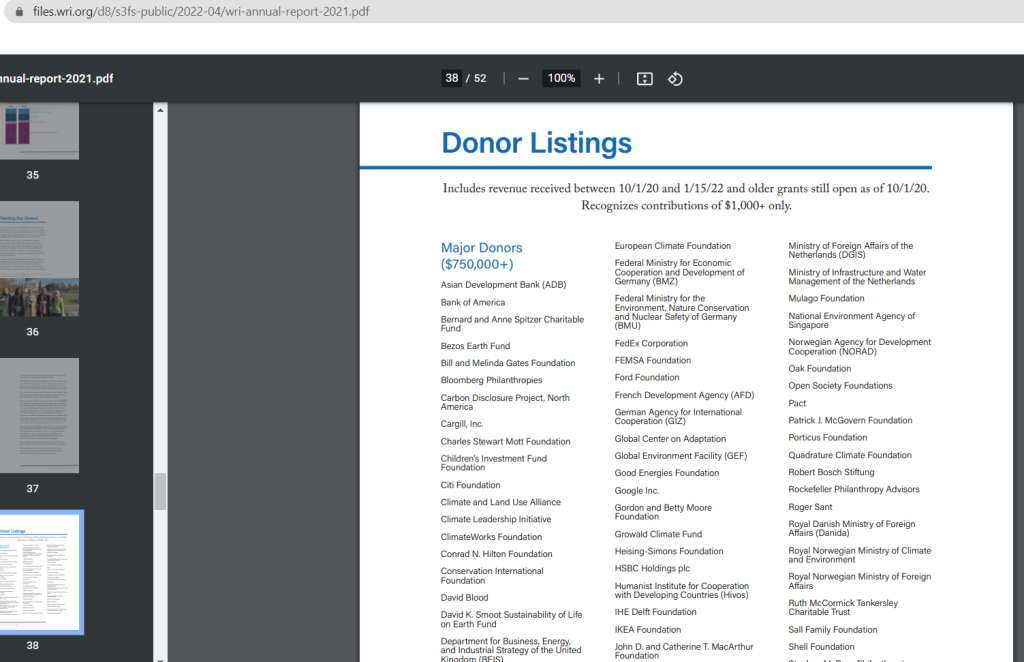
Let us take a look at Namati as well. Namati is directly funded by George Soros’ OSF and Luminate, the Ford Foundation as well as by the US State Department.
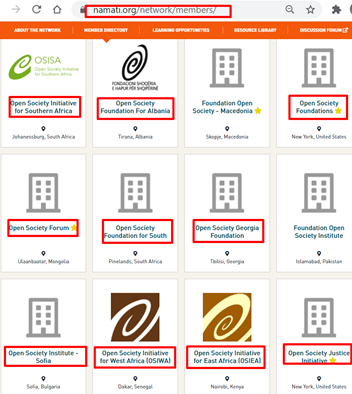
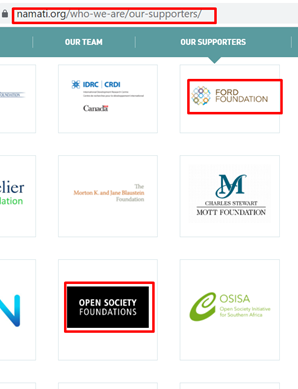
In fact, George Soros is on the Advisory Board of Namati, as per its website.
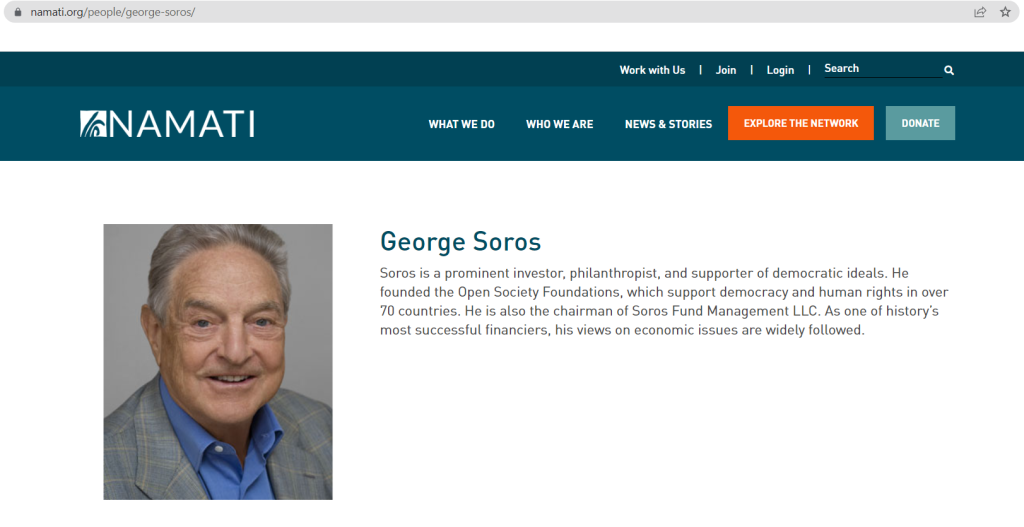
This is yet another example of how Soros and Ford continue to funnel money into India despite the restrictions on FCRA.
The CPR is headed by Chairperson Meenakshi Gopinath and President and Chief Executive Yamini Aiyar. Earlier CPR was headed by journalist Pratap Bhanu Mehta.
A Maze of NGOs & Media Houses
It is very apparent that the pathways to seeding ideology have been perfected over the decades, grooming individuals, and creating spaces for them to perform. The funding pathways do not also seem to pose a challenge, with the foreign entities in question evolving and landing on their feet even as new checks and balances are put into place.
It is quite obvious that this did not happen overnight. This is a result of decades of institution- and people-building in covert and overt ways, with policy-makers, media persons and many others being complicit in the process. It would be interesting to study the past impacts of such circles of influence, and how these circles survived and expanded, operating without oversight, and with complete impunity.
A maze of entities from across the world are interlinked with these big foundations and money flows from one to another in confusing disarray. The foreign entities in question appear to have evolved an almost perfect mechanism to continue to push funding into India in an effort to propagate the political ideologies of their respective founders.
This is the ‘soft power’ that is being weaponised in India today. The timing is clearly significant. It is a year ahead of a crucial Lok Sabha election, and the narratives of these foreign powers are likely to get more aggressive.
(With additional reporting by Sandhya Sridhar, Abhijit Iyer-Mitra, Twitter OSINT user @thehawkeyex and The Lede’s research team)
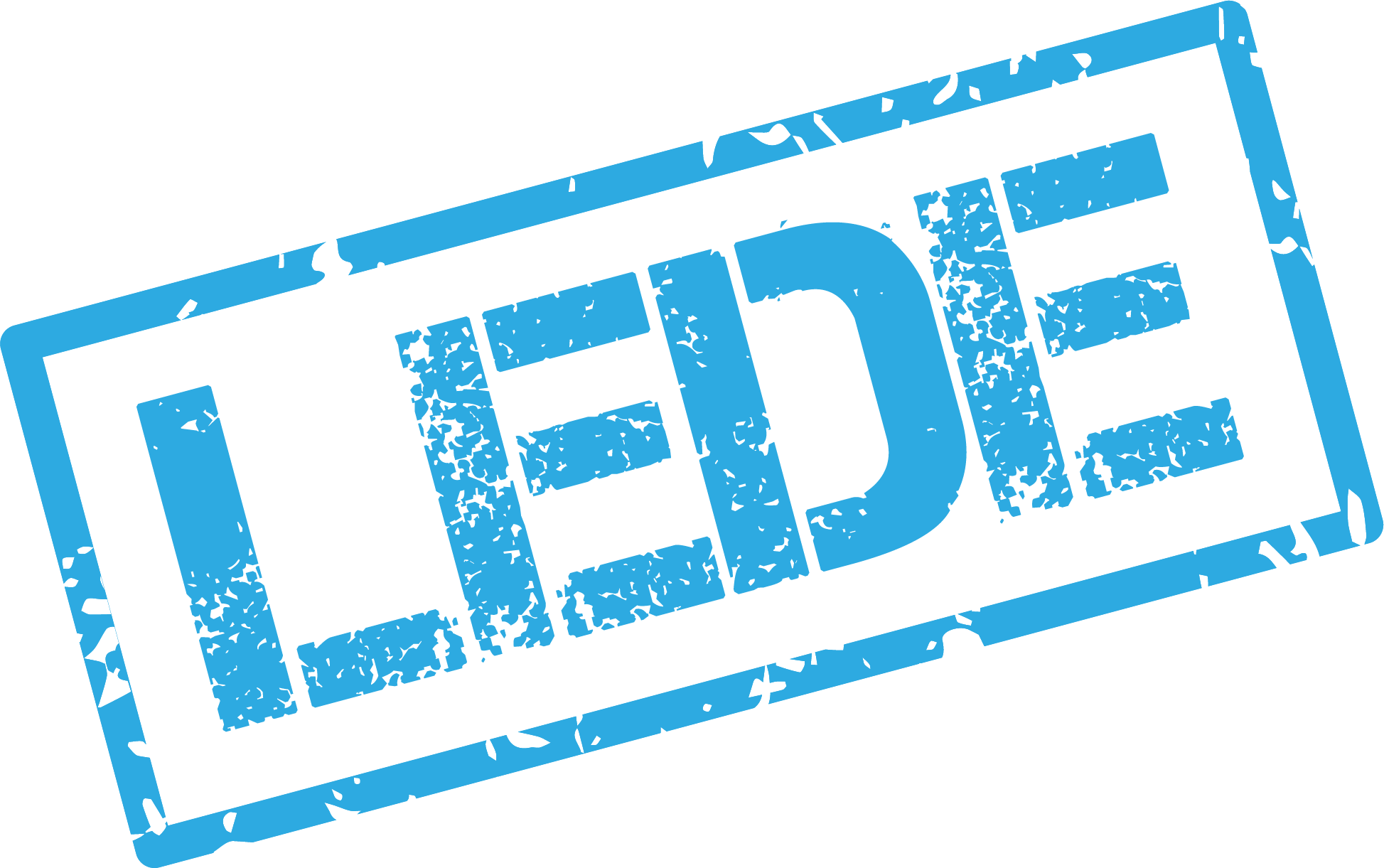

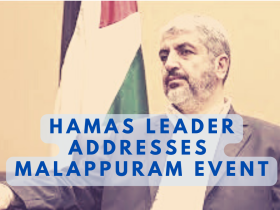
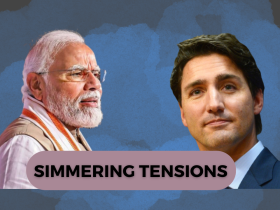
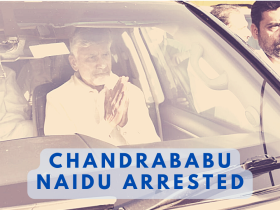
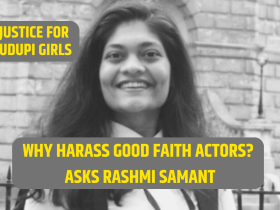
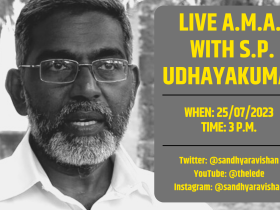
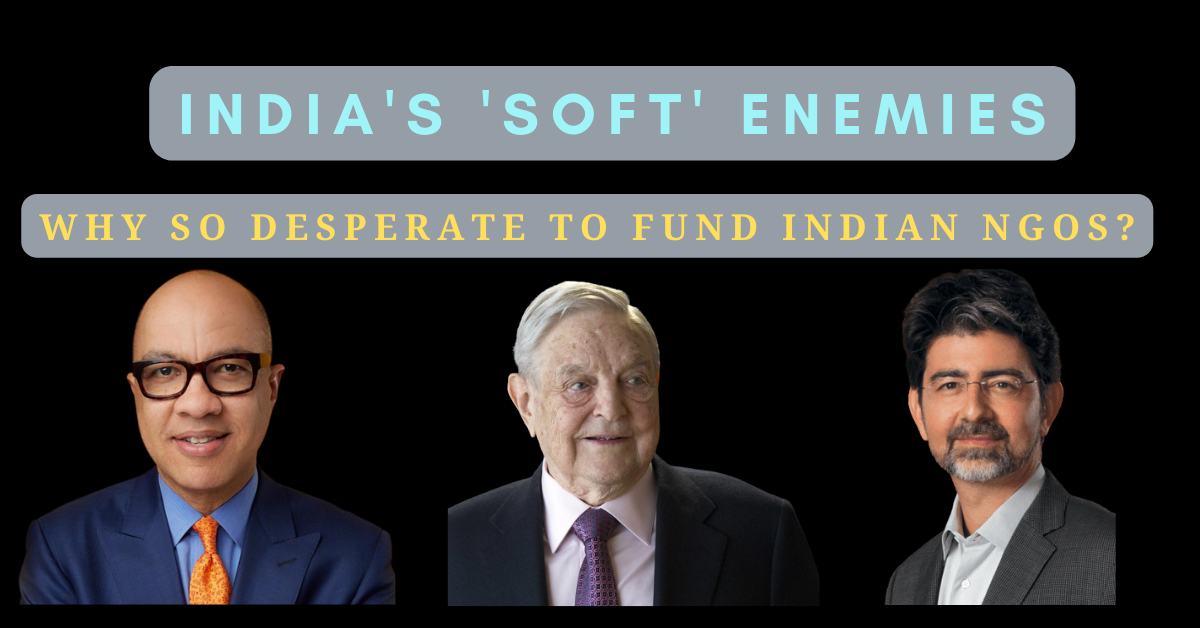




Leave a Reply